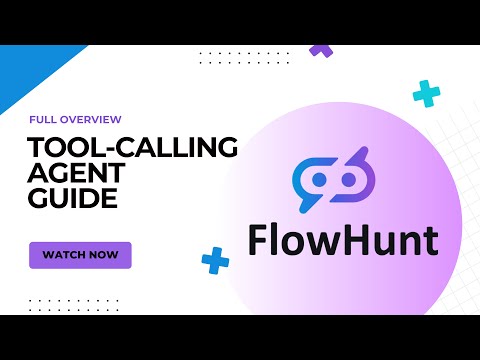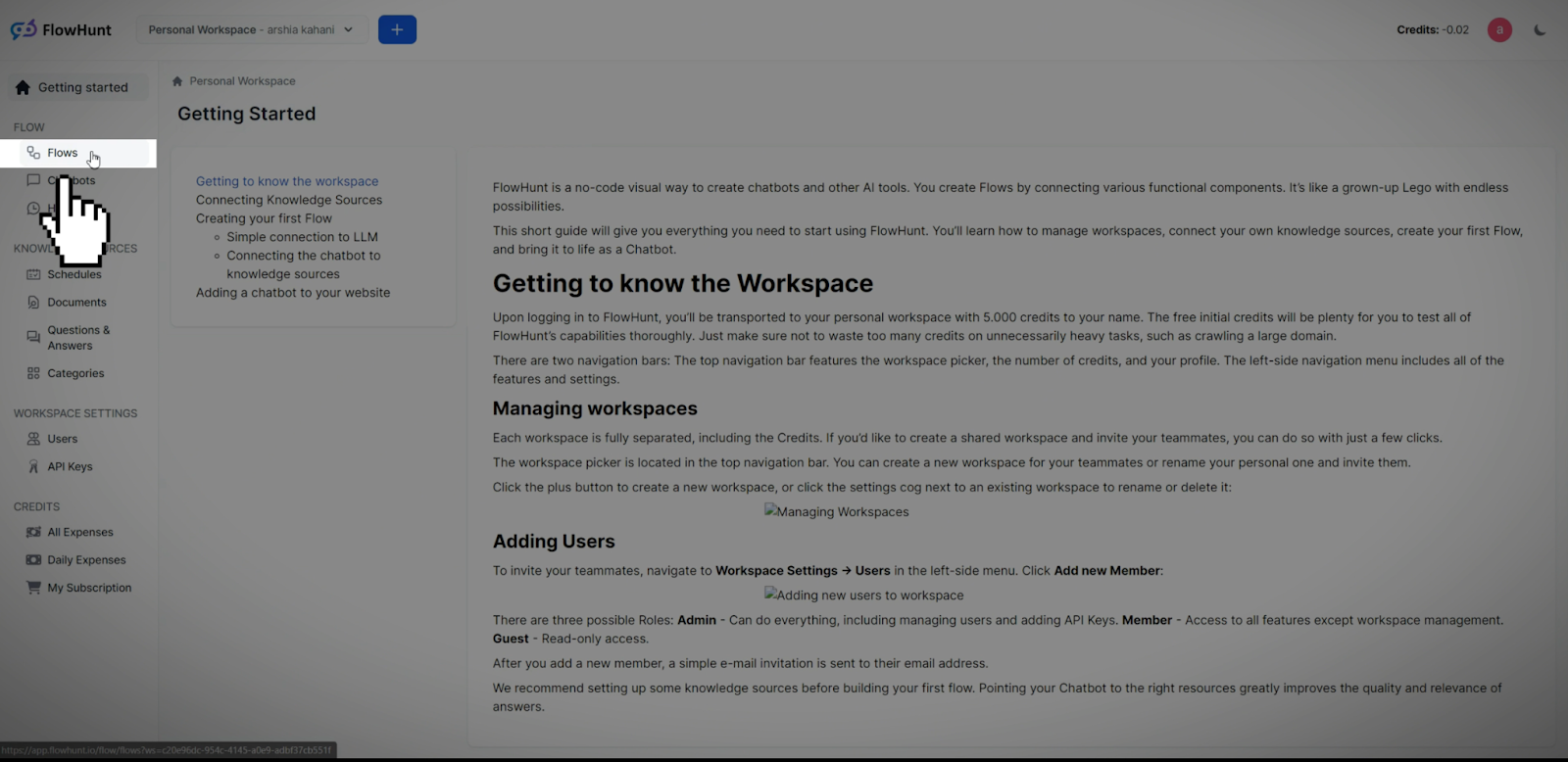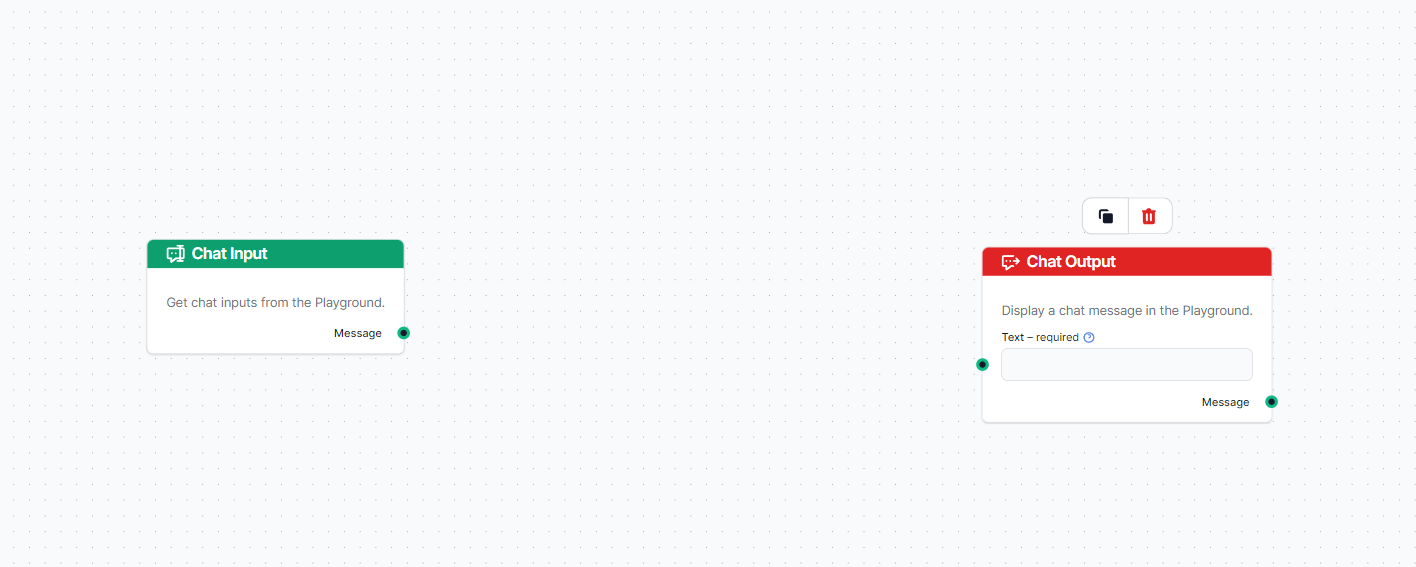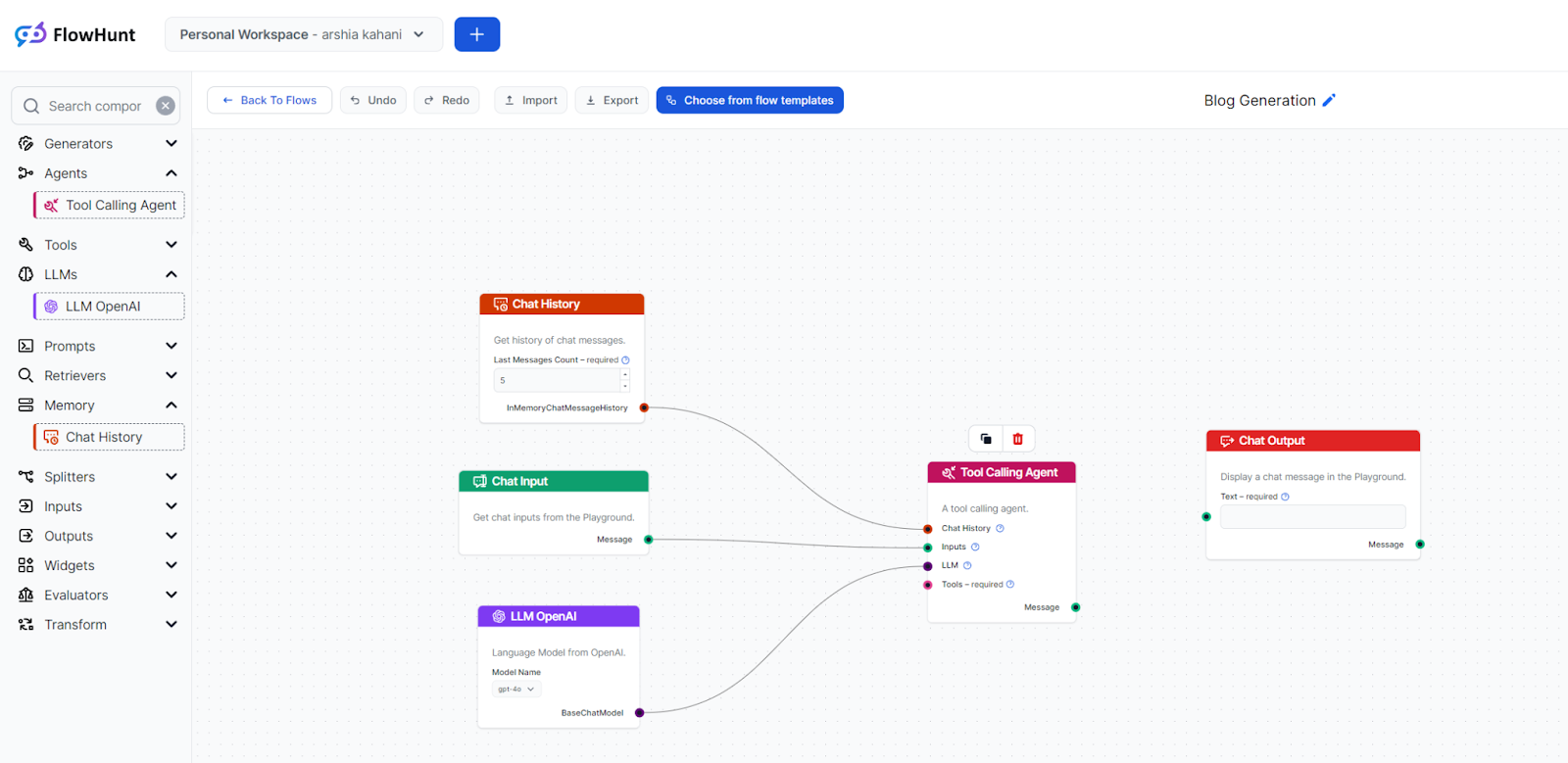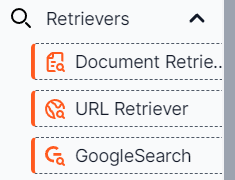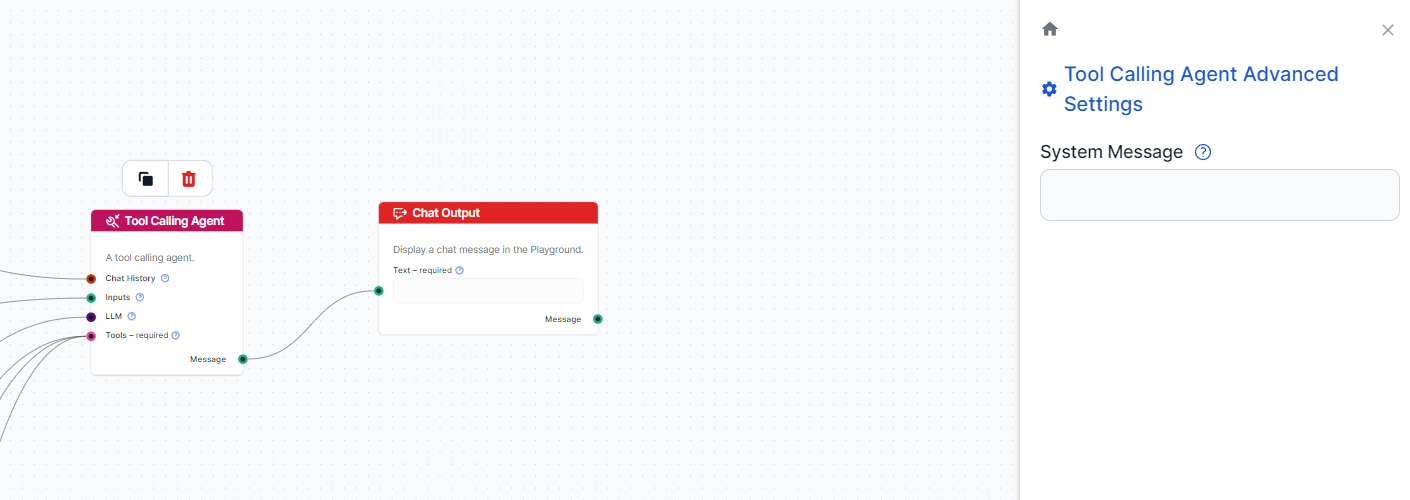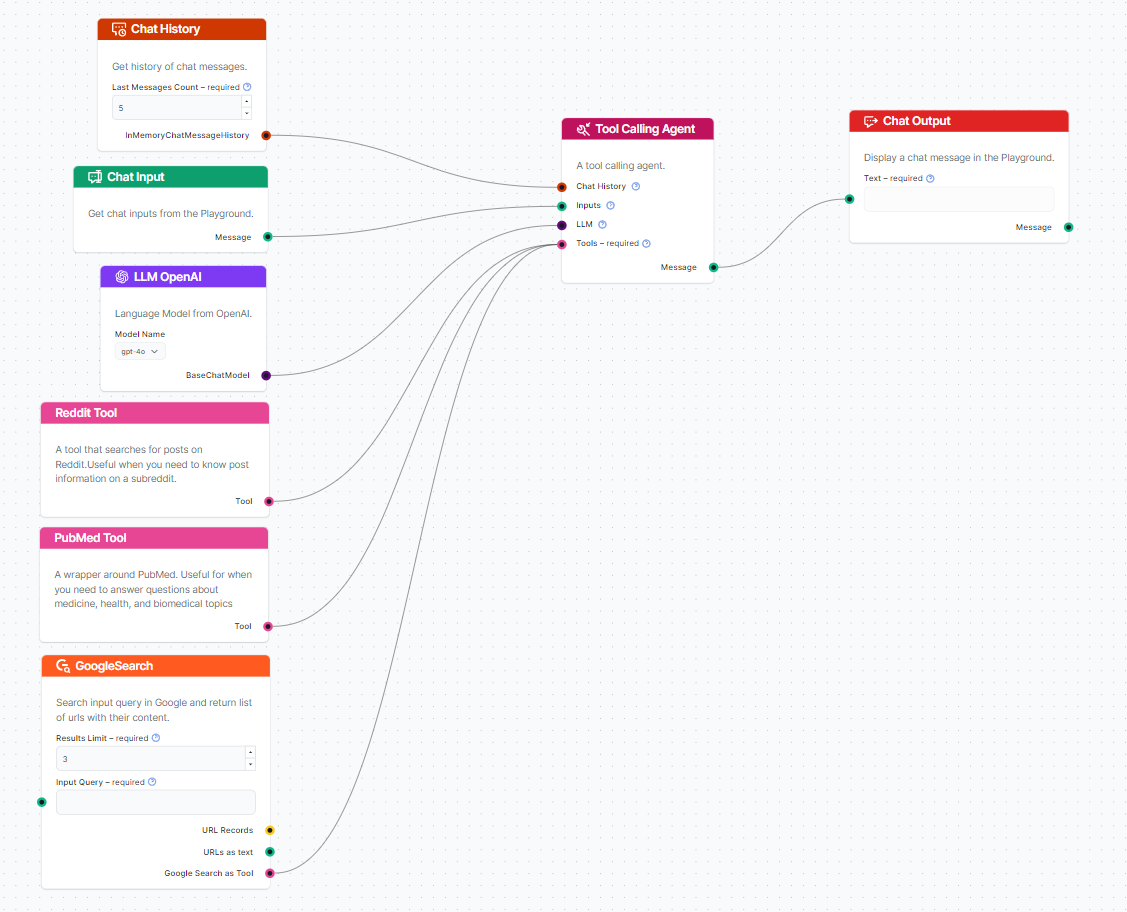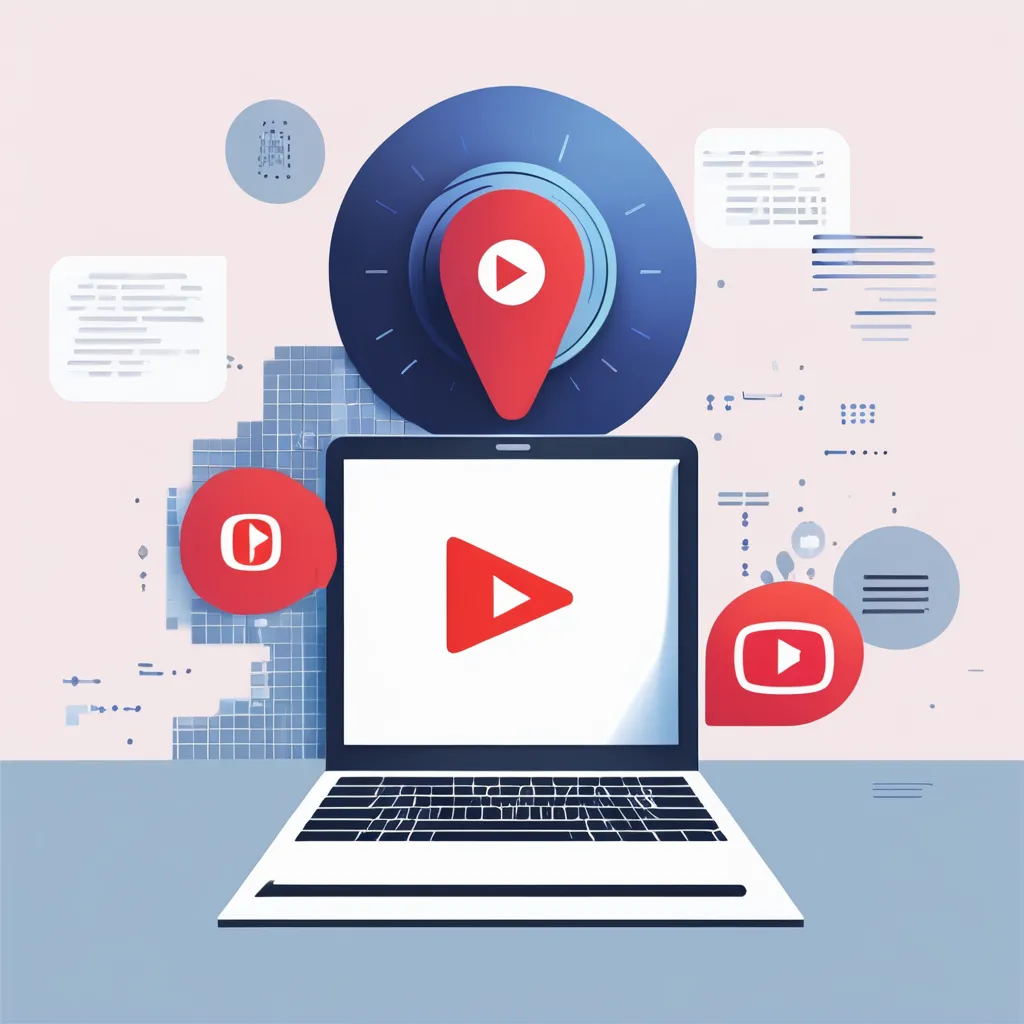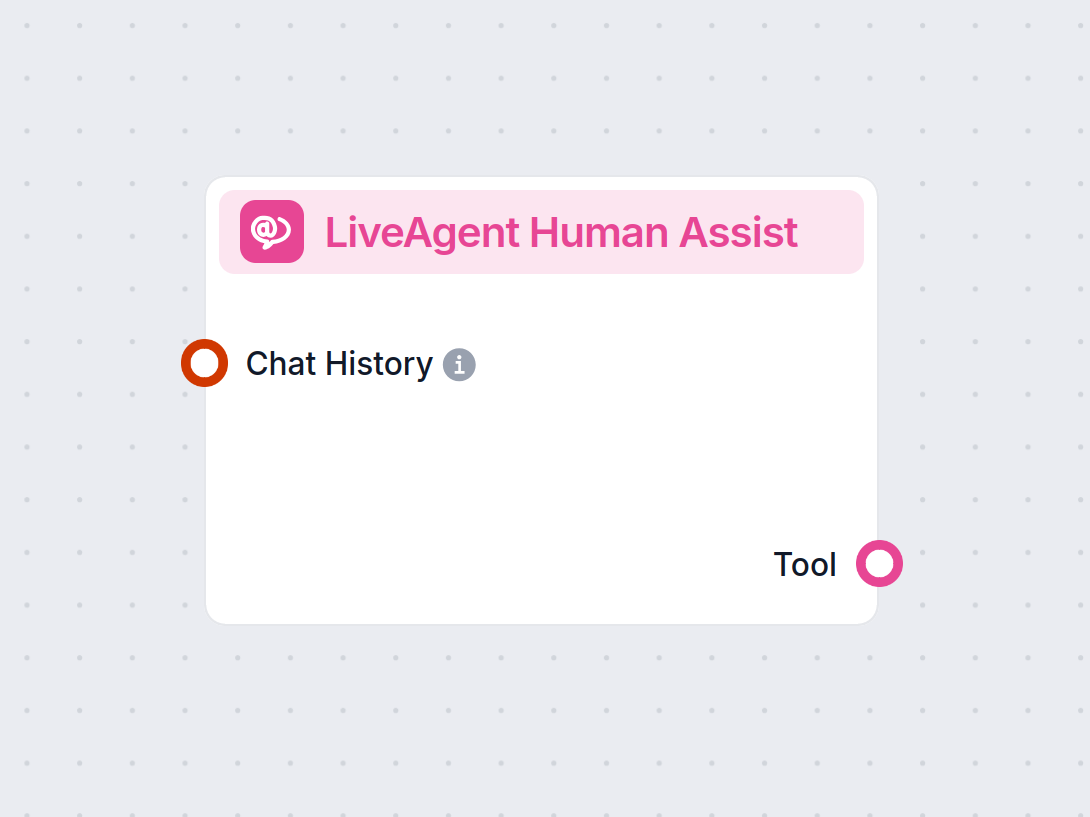
A Complete Guide to Creating a Medical Chatbot with an AI Agent
Learn how to create a medical chatbot with AI using FlowHunt's PubMed tool. This comprehensive guide covers setting up a research flow, integrating AI agents, a...

Learn how to build customizable AI chatbots with FlowHunt’s tool-calling agents, integrating various tools for powerful, automated conversations and workflows.
In this guide, we will show you step-by-step how to use the tool-calling agent in FlowHunt to create an AI chatbot that can handle a variety of tasks using multiple tools. Let’s get started.
An AI agent and tools are key concepts in the field of artificial intelligence, particularly in systems that perform tasks autonomously or semi-autonomously. Let’s break down each term:
An AI agent is an entity or system capable of perceiving its environment, processing that information, and taking actions to achieve specific goals or tasks. Agents can be simple, like a basic chatbot, or complex, like autonomous vehicles or advanced decision-making systems.
In the context of AI, tools refer to specific software components or functions that an AI agent uses to perform tasks. These tools extend the capabilities of the agent, allowing it to access information, perform computations, interact with external systems, and more.
In summary:
AI agents are the active entities that perform tasks, while tools are the specialized components or software that assist them in performing these tasks. The combination of these elements allows AI systems to operate efficiently and effectively across a wide range of applications.
When you first enter FlowHunt, you will land on the “Getting Started” page. Follow these steps to begin setting up your chatbot:
Everything that occurs between the input and output stages will shape the text generation to meet the desired outcome.
Tool-Calling Agent: This component selects the appropriate tools based on the user query. You can find the available tools in the tool compartment on the left tray.
Select tools that align with your chatbot’s intended functions. Here’s an overview of the available tools:
Arxiv Tool: Arxiv is an open-access archive for scholarly articles in fields such as physics, mathematics, computer science, and more.
DALL·E Image Generating Tool: DALL·E generates digital images from natural language descriptions, perfect for adding unique visuals to your content.
PubMed: PubMed provides access to a vast database of biomedical and life sciences literature, ideal for health-related information.
Reddit Tool: The Reddit tool searches for queries in Reddit posts, offering community insights and trends.
Stackexchange Tool: This tool allows users to ask and answer questions on various topics, providing a rich source of information and expert opinions.
Wikipedia Tool: Wikipedia is a comprehensive online encyclopedia, useful for general knowledge and background information.
YouTube Search: This tool searches YouTube for relevant videos, linking them as references.
Live Human Assist Tools: These tools connect users to live support chats, useful for e-commerce and business queries.
Retrievers are valuable for generating content and answering queries accurately.
Connect the agent component to the output. Your AI chatbot is now ready to handle a variety of tasks!
Thank you for following this guide on creating an AI chatbot with FlowHunt. If you have any questions, feel free to contact us or leave a comment below, and we’ll get back to you.
By following these steps, you can create a versatile AI chatbot tailored to your specific needs. Happy chatting!
An AI agent in FlowHunt is an autonomous system capable of perceiving its environment, processing information, and taking actions using various tools to achieve specific goals, such as answering queries or automating workflows.
Tool-calling agents dynamically select and activate tools (like search, content analysis, or integrations) based on user queries, allowing chatbots to perform complex tasks and provide more accurate, relevant responses.
Yes, FlowHunt allows you to incorporate tools like GoogleSearch Retriever, URL Retriever, and Document Retriever, enabling your chatbot to pull information from the web, verify sources, and use documents for context.
No, FlowHunt is a no-code platform. You can visually build, configure, and launch sophisticated AI chatbots and workflows without any programming experience.
You can connect a range of tools including Arxiv, DALL·E, PubMed, Reddit, Stackexchange, Wikipedia, YouTube Search, live human assist tools, and various retrievers for web and document data.
Create, automate, and launch AI chatbots using FlowHunt's no-code platform and tool-calling agents. Transform your workflow today.
Learn how to create a medical chatbot with AI using FlowHunt's PubMed tool. This comprehensive guide covers setting up a research flow, integrating AI agents, a...
Learn how to use AI agents with FlowHunt to extract key points and summaries from YouTube videos. Discover step-by-step instructions to automate content extract...
Integrate FlowHunt Chatbot with LiveAgent for seamless AI-to-human support transitions. The AI agent intelligently escalates conversations to human agents, ensu...
Cookie Consent
We use cookies to enhance your browsing experience and analyze our traffic. See our privacy policy.
